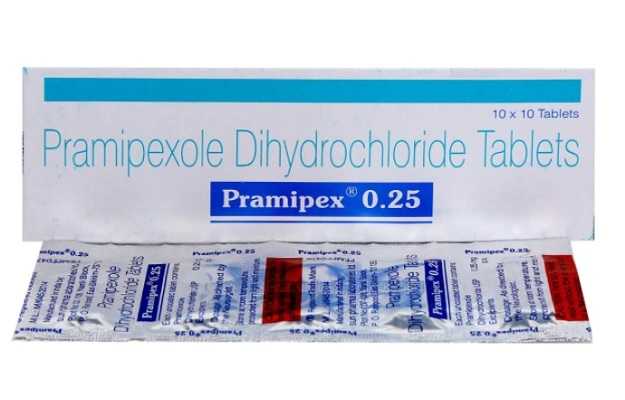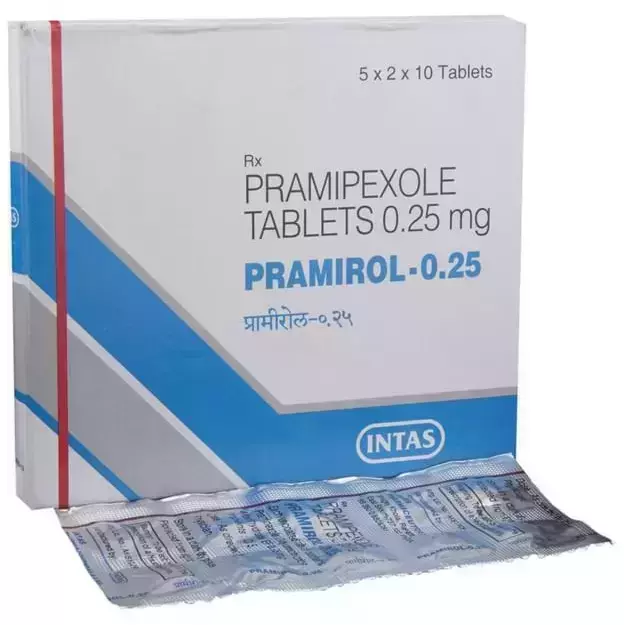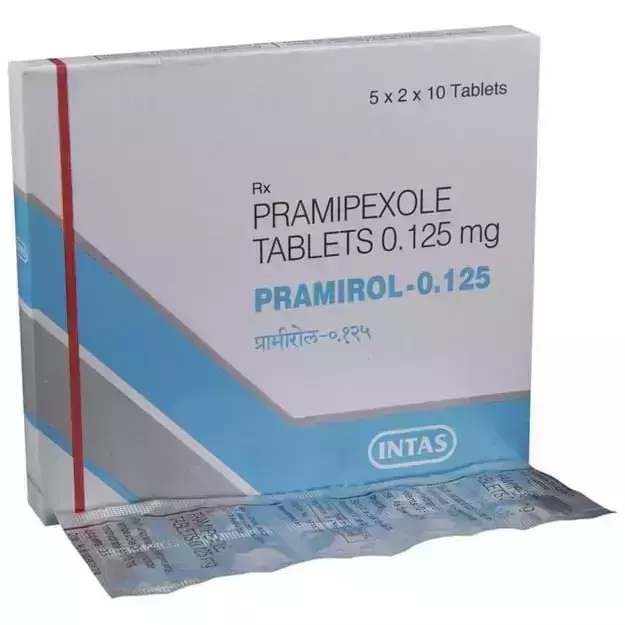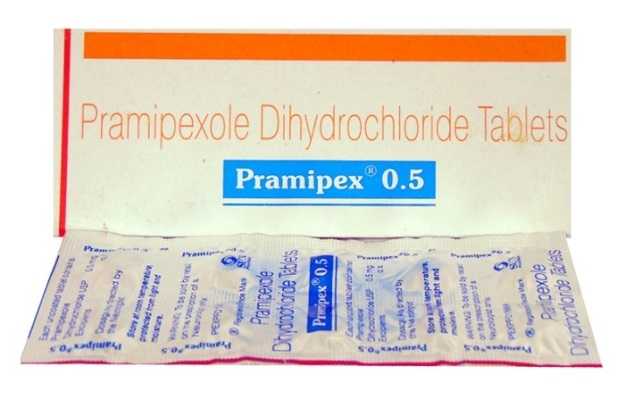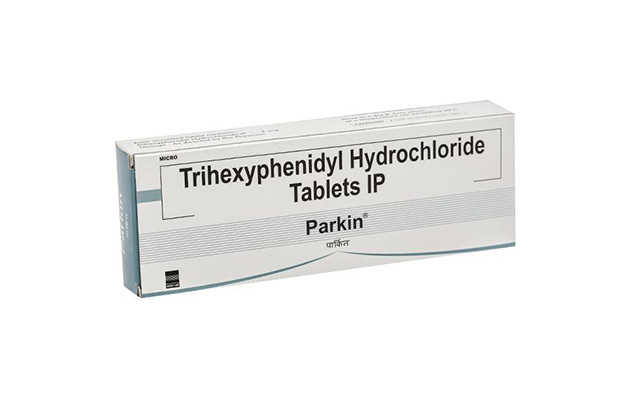Parpex 0.25 Tablet is a prescription drug, available for use as Tablet. It is primarily used for the treatment of Parkinson's Disease. Parpex 0.25 Tablet also has some secondary and off-label uses. These are listed below.
The right dosage of Parpex 0.25 Tablet depends on the age, gender, and medical history of the patient. Dosage also depends on the route of administration and your chief complaint for which the drug is prescribed. Refer to the dosage section for a detailed discussion.
Apart from the aforementioned side effects, Parpex 0.25 Tablet can also lead to other problems, which have been listed below. Normally, these side effects of Parpex 0.25 Tablet are not long lasting and go away when the treatment is finished. If, however, they worsen or do not go away, please speak with your physician.
In addition, Parpex 0.25 Tablet's effect is Moderate during pregnancy and Severe for lactating mothers. In addition, Parpex 0.25 Tablet's effects on the liver, heart and kidney are discussed below in the Parpex 0.25 Tablet related warnings section.
Parpex 0.25 Tablet is contraindicated in people with pre-existing medical conditions like Schizophrenia, Heart Disease, Kidney Disease as it can result in adverse effects.
Besides this, Parpex 0.25 Tablet may also have severe interaction with some medicines. A complete list of these interactions is given below.
Along with the above-mentioned precautions, remember that taking Parpex 0.25 Tablet is considered not safe while driving, and is not addictive.
X

